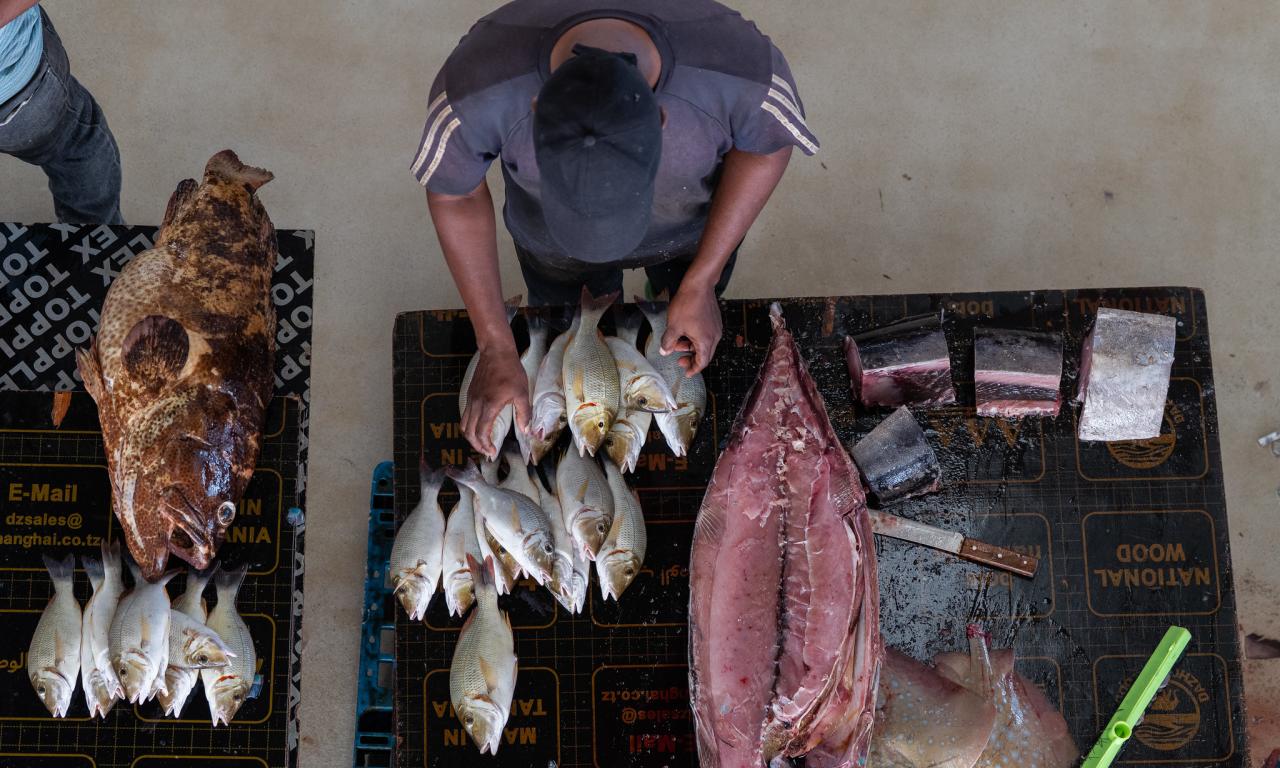
On October 3, the EAT–Lancet Commission released its latest report on healthy, sustainable, and just food systems in Stockholm, Sweden. Building on the landmark 2019 report, this new assessment expands its scope beyond diets to consider the entire food system, placing justice and equity at the center, while also strengthening the evidence base through advanced modelling of dietary scenarios and their impacts on environmental and climate sustainability. Like its predecessor, this report is a critical guide for shaping food/diets-related research, policy, and action in the years ahead.
Key Messages from the Report
- Disproportionate pressures. The diets of the richest 30% of the global population contribute to more than 70% of the environmental pressures from food systems. Strikingly, only 1% of the global population currently live within a safe and just space. A just transition requires the 30% to transition their food systems towards diets that lower environmental pressures, while ensuring that the 70% - majority of whom are in low and middle income countries - can improve diets without overshooting planetary boundaries.
- Food as a climate driver. Food systems drive five planetary boundary transgressions: land-system change, biosphere integrity, freshwater change, biogeochemical flows, and around 30% of greenhouse gas emissions driving climate change. Even if fossil fuel use declines, food systems alone could push global warming beyond the Paris Agreement target of 1.5°C.
- Food key to climate action. While climate conferences/fora have largely focused on energy transitions, this report underscores that food; its production, supply chains, consumption patterns, and waste and loss must have increased attention in climate action conversations.
- Collaboration across systems. A just transformation of diets and food systems requires action not only from actors within the food system, but also from those in sectors considered out of the food systems such as health, education, and finance.
What Does the Report Say About Fish Consumption?
When comparing the recommended Planetary Health Diet (PHD) to 2020 food intake data, the report finds that fish consumption is above the PHD reference globally, and particularly driven by “over consumption” in Africa, East Asia and the Pacific. In all other regions, fish consumption remains below recommended levels.

Should Fish Consumption Be Reduced in Africa, East Asia and the Pacific?
Not necessarily. The answer lies in how the PHD reference values are designed. The recommendations for each food group are set relative to one another, with the aim of creating an overall sustainable and healthy diet.
- The fish allowance in the PHD is not an absolute cut off, but rather part of the total animal protein “allocation”.
- The 28 gm/day fish recommendation assumes that red meat, poultry, dairy, and eggs are also consumed in moderate amounts as part of a diverse diet.
- In regions where fish is the dominant or primary source of animal protein due to affordability, availability and accessibility, higher intake than the global reference is expected. In this case, in Africa, low intake of poultry for example means fish often compensates as the primary animal protein source-so higher fish consumption reflects substitution rather than excess. In the Pacific, diets culturally and nutritionally place fish at the centre which is not a surprise as these are island nations with deep ties to coastal systems and high import costs of animal source foods.The drivers of high consumption of fish and indeed all animal source foods in East Asia are totally different from those in Africa and the Pacific. Here animal food sources are diverse but high consumption is driven by rapid economic growth and urbanization.
Implications for Aquatic Foods in “Overconsuming” Regions
The findings highlight several priorities for policy, research, and action within fisheries and aquaculture systems:
- Better data on spatial, demographic, and nutritional dimensions of consumption. Even with current estimates, disparities in fish consumption across Africa remain substantial, with significant variation by region, gender, and age. These differences must be considered when developing dietary recommendations. Importantly, fish should not only be valued for its contribution to protein intake but also for its critical role as a source of micronutrients of public health importance, including iron, zinc, and omega-3 fatty acids.
- Sustainable fisheries management and aquaculture growth. Safeguarding capture fisheries while expanding environmentally responsible aquaculture is essential to meet growing demand in a way that protects ecosystems. These efforts must also uphold the rights, equity, and livelihoods of small-scale fishers and farmers, who are most economically and nutritionally dependent on aquatic food systems.
- Continuous and inclusive dietary monitoring. Regular monitoring of aquatic food and other animal-source food consumption is necessary to ensure that national food-based dietary guidelines remain relevant and within planetary boundaries. This monitoring should explicitly account for disparities across geography, gender, and socioeconomic groups ensuring both equity in nutritional access and accuracy in dietary recommendations.
- Equitable access and affordability. Beyond production, policies must focus on fair distribution, affordability, and social inclusion so that nutritious aquatic foods.
Global Guidance Needs Local Lens
The PHD provides a global framework, but interpretation must be context specific. For regions where fish is the backbone of diets and a vital source of nutrients of public health importance, exceeding global reference levels does not automatically imply overconsumption; it reflects dietary reliance on aquatic foods where alternatives are scarce or less accessible. The task ahead is to ensure that aquatic foods are harvested/produced, distributed, and consumed in ways that nourish populations within just, equitable confines while respecting planetary limits.
